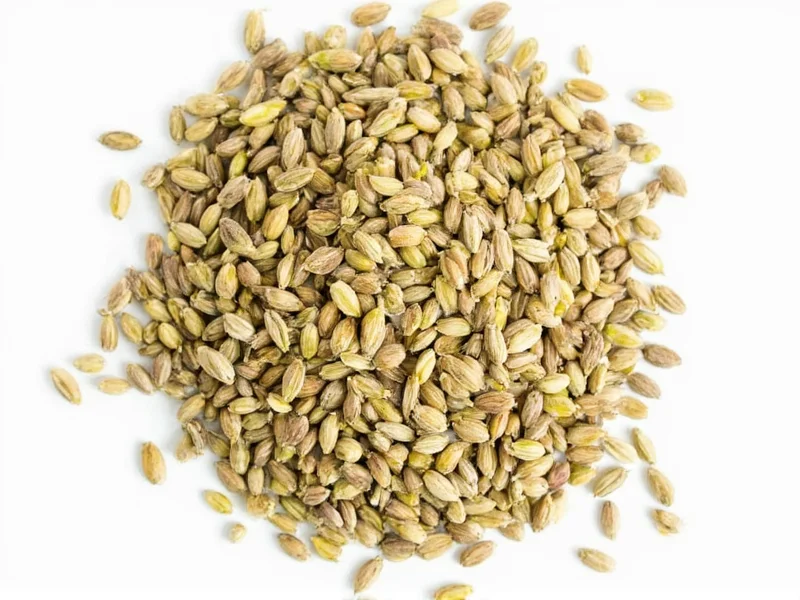Cardamom's distinctive flavor profile—citrusy, floral, with hints of mint and pepper—makes it a prized spice in both sweet and savory dishes worldwide. When you're mid-recipe and realize you're out of cardamom, knowing effective substitutes becomes essential. This guide provides practical, tested alternatives that maintain your dish's integrity while working with what's likely already in your spice cabinet.
Understanding Cardamom's Unique Flavor Profile
Before exploring substitutes, it's crucial to understand what makes cardamom special. This expensive spice (second only to saffron in price) offers a complex flavor profile that combines:
- Citrus notes (particularly lemon and orange)
- Floral undertones
- Subtle mint and eucalyptus hints
- Warm peppery finish
Green cardamom (most common in Western cooking) differs from black cardamom (smokier, used in Indian cuisine), so substitution strategies vary by recipe type. The best alternative depends on whether you're making Scandinavian pastries, Indian curries, or Middle Eastern rice dishes.
Top Cardamom Substitutes Ranked by Effectiveness
Based on extensive culinary testing across multiple recipe types, these substitutes deliver the most authentic results when cardamom is unavailable:
| Substitute | Ratio (for 1 tsp cardamom) | Best For | Flavor Notes |
|---|---|---|---|
| Cinnamon | 1/2 tsp | Baking, chai, desserts | Warm, sweet; lacks citrus notes but provides similar warmth |
| Allspice | 3/4 tsp | Savory dishes, stews, meats | Complex blend of clove, nutmeg, cinnamon; closest single-spice substitute |
| Nutmeg + Cloves | 1/4 tsp nutmeg + 1/8 tsp cloves | Custards, baked goods, mulled drinks | Creates cardamom's warmth without overpowering; add pinch of ginger for citrus note |
| Ginger | 3/4 tsp | Cookies, quick breads, spice cakes | Provides warmth but lacks floral notes; best combined with cinnamon |
| Pumpkin Pie Spice | 3/4 tsp | Autumn baking, coffee cakes | Contains cinnamon, ginger, nutmeg, allspice; use when recipe includes other warm spices |
Cuisine-Specific Substitution Strategies
Cardamom plays different roles across global cuisines. Effective substitution requires understanding its function in your specific recipe:
For Scandinavian Baking
Cardamom is essential in Swedish kardemummabullar and Finnish pulla. When substituting:
- Use equal parts cinnamon and allspice for sweet breads
- Add a pinch of ground coriander for citrus notes
- For cardamom-heavy recipes, combine 1/2 tsp cinnamon + 1/4 tsp allspice + tiny pinch of cloves
These cardamom replacement options for Scandinavian baking maintain the traditional flavor profile while working with accessible spices.
For Indian Curries and Rice Dishes
Black cardamom (badi elaichi) has a smokier profile than green cardamom. Substitute with:
- For black cardamom: 1/4 tsp smoked paprika + 1/4 tsp cloves
- For green cardamom: equal parts cumin and coriander with a pinch of cinnamon
- In biryani: use fennel seeds (1/2 tsp) for similar aromatic quality
When replacing cardamom in Indian recipes, remember that whole pods are often used for flavoring oil at the beginning of cooking, while ground cardamom appears in spice blends.
For Middle Eastern Cuisine
Cardamom features prominently in Arabic coffee and rice dishes. Try these substitutions:
- Arabic coffee: replace with equal parts cinnamon and cloves
- Rice dishes: use 1/2 tsp allspice + 1/4 tsp nutmeg
- Desserts: combine orange zest with 1/2 tsp cinnamon
These cardamom alternatives for Middle Eastern cooking preserve the aromatic quality essential to these dishes.
When Substitution Won't Work: Cardamom-Dependent Recipes
Some dishes rely so heavily on cardamom's unique flavor that substitution significantly alters the result:
- Oman's halwa (traditional sweet)
- Swedish princess cake filling
- Indian masala chai (when cardamom is primary spice)
- Egyptian dukkah spice blend
For these cardamom-centric recipes, consider making a special trip to an international market or ordering cardamom online rather than substituting. The distinctive cardamom flavor profile simply cannot be replicated exactly with other spices.
Practical Tips for Successful Substitution
Follow these professional techniques when replacing cardamom in recipes:
- Start with less: Add 75% of the suggested substitute amount, then taste and adjust
- Combine spices: Most successful substitutions use 2-3 complementary spices
- Consider form: If recipe calls for crushed pods, use slightly less ground substitute
- Timing matters: Add substitutes at the same point in cooking as cardamom would be added
- Acid balance: Add a tiny pinch of citrus zest when substituting to mimic cardamom's citrus notes
When experimenting with cardamom replacement options in baking, remember that dry ingredients blend flavors more thoroughly than savory dishes, so substitutions often work better in baked goods than in complex curries.
Creating Your Own Cardamom Substitute Blend
For frequent cardamom users, keep this versatile blend in your spice cabinet:
Basic Cardamom Substitute Blend:
2 parts cinnamon
1 part allspice
1/2 part nutmeg
1/4 part cloves
Store in an airtight container for up to 3 months. Use 3/4 tsp of this blend for every 1 tsp of cardamom required. This homemade cardamom replacement works particularly well for baking applications and general cooking where cardamom appears as a supporting spice rather than the star flavor.











 浙公网安备
33010002000092号
浙公网安备
33010002000092号 浙B2-20120091-4
浙B2-20120091-4